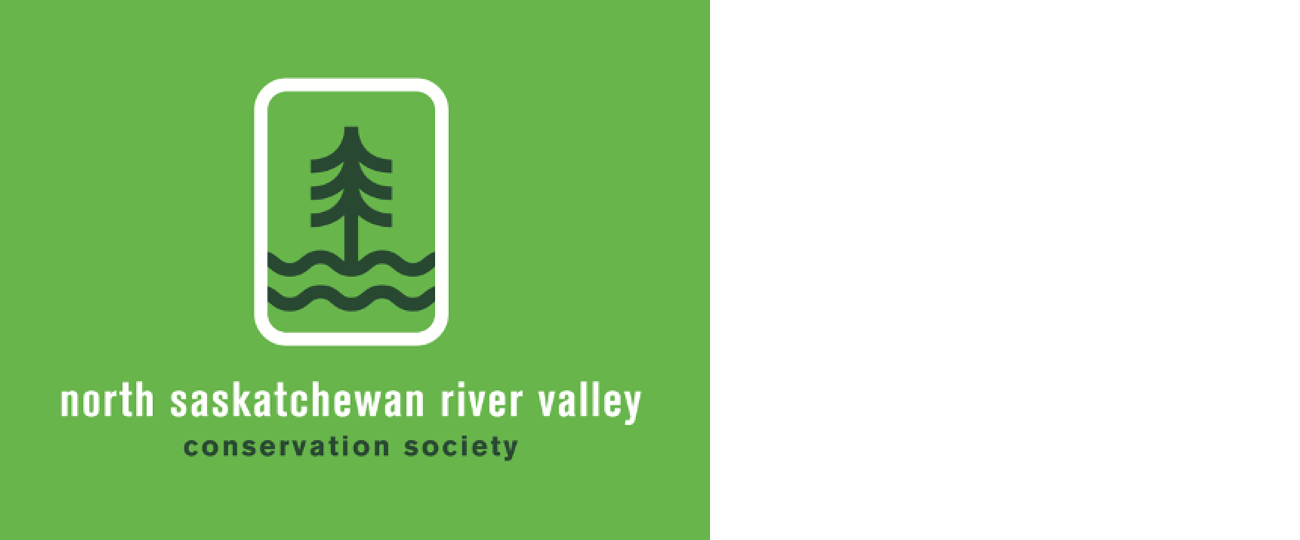Making Edmonton’s winter more accessible
“I love that the city has the winter festivals. I love the winter patios, but if I am speaking honestly, my favourite part of winter is the end!” Many can identify with Tonia LaRiviere’s feelings about winter. As Chair of the City’s Accessibility Advisory Committee, and someone with accessibility challenges herself, most of the time, winter is no sleigh ride. Instead, this time of year is far more like an obstacle course filled with tons of possibilities for injury.
For all of us, dealing with snowfall and lingering ice is a battle, but for those with disabilities, the struggle to leave the house in the winter months is an even more challenging one. Tonia notes that for people with disabilities, winter causes safety concerns that makes being independent very difficult.
“A person in a wheelchair can still do some things, but they have to have somebody with them. They need someone to push their chair out of the snow or somebody to guide them. For my friend who is blind, I would guide him, and it would be ‘ok, going up, going down, bumps, ruts, icy’ so when you’re on your own, that is difficult to navigate,” Tonia says.
To be a great winter city, our outdoor spaces need to be more accessible to everyone. Rundle Park’s IceWay is wheelchair accessible and more City and community rinks could follow suit. And with accessible spaces, comes accessible programming as well. Current opportunities for people to take part in winter sports include para-Nordic cross-country skiing at Strathcona Wilderness Center and adaptive alpine skiing and snowboarding through Canadian Adaptive Snowsports.
We will all face accessibility challenges at some point in our lives. These challenges can come from a temporary injury, permanent disability, or aging. As Tonia says, “If we are truly going to be an inclusive city that can be enjoyed by all equally and safely, we need to start thinking of accessibility in every way and build more intentionally.” https://www.wintercityedmonton.ca/a-winter-city-for-everyone-making-edmontons-winter-more-accessible/
The year summer never showed up
As much as we all love the snow, there is no doubt that most Edmontonians can’t wait for good weather to roll around the corner once again. Indeed, it would be difficult for us to imagine a year with no summer. This was exactly what happened in 1815 when Indonesia’s Mount Tambora violently erupted.
Ash spewed high into the atmosphere, changing weather patterns around the globe. A gloomy period of late snowstorms, darkened skies, and early frosts arrived the following year. In the Canadian fur trade, a cold winter was good for business. The colder the temperatures, the thicker the furs. Thicker furs meant better prices given to Indigenous trappers by trading companies. And a thick cover of snow and solid frozen rivers meant easy transportation too.
While a cold winter makes for good fur products, cold summers make transport challenging. The effects of the volcanic eruption meant ice blocked the Hudson Strait, preventing British ships from entering the Bay. An icy summer also meant significant impacts on Métis and First Nations communities who relied on summer buffalo hunts and autumn berry picking. https://www.edmontoncommonwealthwalkway.com/winter/summer-interrupted
Provincial native bee monitoring program underway
According to Canada’s Wild Species Status Report, one quarter of native bees in Alberta are unable to be assigned a conservation status assessment due to a lack of data. To address these data deficiencies and to gather more information about native bee species, the Alberta Native Bee Council and partners implemented province-wide strategic monitoring of native bees in 2018.
Native bees are sampled by volunteers for two-week periods throughout the growing season, from May to September, using blue vane traps. At the end of the season the samples are collected and bees are processed for identification. This program is intended to be an ongoing, long-term monitoring program with data collected every five to ten years.
The 2018 monitoring program provided valuable data on which species occur where, what color variations are most common, and species found north of the southern prairies. The 2024 monitoring program expanded its capacity with the help of 49 sampling partners, resulting in 150 traps deployed across Alberta. https://www.albertanativebeecouncil.ca/provincial-monitoring-program?mc_cid=ebc1f7838a&mc_eid=b02c6f60ed
American Goshawk known for fierce defense of its nest
Frank King photo
The name goshawk comes from the Old English word for goose hawk, a reference to this raptor’s habit of preying on birds. Falconers have trained goshawks for more than 2,000 years; the birds were once called cook’s hawk for their success at snaring meat for the pot.
American Goshawks display reversed sexual size dimorphism, females are up to 25% heavier than males. The size difference means that between them, pair members can feed on a wider range of prey. When nesting, the larger female warms the eggs while the male is responsible for bringing food.
Goshawk pairs build and maintain up to eight alternate nests within their nesting area. Even with options available, they use the same nest year after year or may switch to a new nest after a brood fails. Pairs add fresh conifer needles to the nest during breeding. Aromatic chemicals in the needles act as a natural insecticide and fungicide.
The American Goshawk is well known for its fierce defense of its nest. It commonly attacks people and other animals that approach the nest too closely. https://www.allaboutbirds.org/guide/American_Goshawk
Sculptures in Landscape by Cliff Eyland, Meadows Library, YEG
https://www.edmontonarts.ca/public-art/sculptures-in-landscapes
Comment or Contributions
Please note articles may not reflect the position of NSRVCS. River Valley News is meant to be a clearinghouse for the variety of opinions and ideas about Edmonton’s River Valley.
Email river valley photos, event information, comments, or questions to nsrivervalley@gmail.com
Forward this link to anyone you think may want to sign up for this newsletter https://www.edmontonrivervalley.org/newsletter-signup
















